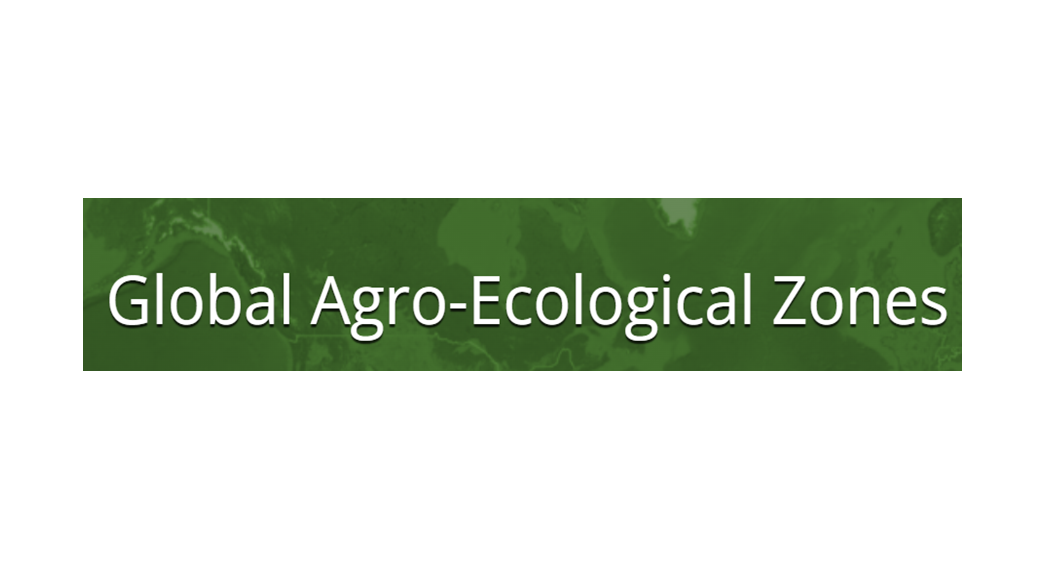
Global Agro-Ecological Zoning (GAEZ)
AEZ relies on well-established land evaluation principles to assess natural resources for finding suitable agricultural land utilization options. It identifies resource limitations and opportunities based on plant eco-physiological characteristics, climatic and edaphic requirements of crops and it uses these to evaluate suitability and production potentials for individual crop types under specific input and management conditions. Managing the constraints imposed by agro-ecological conditions and knowing what the most viable crop options are, facilitates planning decisions. In this way choices can be made, which are not only more productive, but also sustainable and resilient to climatic variability. The AEZ framework contributes to several of the United Nations Sustainable Development Goals (SDGs) by providing information about current and future agricultural production risks and opportunities, irrigation water demand, and crop development and adaptation options.
- Keywords: land use planning (LUP), SDG 15.3.1
-
Characteristics:
Decision Making Scale: Local, National, Regional (Sub-national)
Decision Making Direction: Top-down
Stakeholder Involvement:
Tool Type: Indicator assessment, Forward-looking
View Other Tools